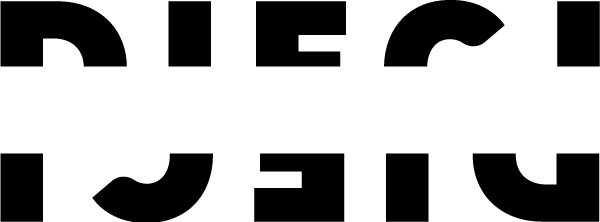LAYERSGiovanni Fantasia
LAYERSdi Giovanni Fantasia
La cronaca richiede di aderire alla realtà, prevede limiti precisi e nomi propri; ha le sembianze fascinose o respingenti di un evento ripetibile, vicino nonostante la distanza culturale e chilometrica, coinvolge o perlomeno incuriosisce; soprattutto svela ciò che umanamente ci potrebbe capitare.
In che misura si concede ad una cronaca di ampliarsi, diramarsi in nuove tracce e diventare narrazione? Alla ricerca di che cosa si riavvolge il filo logico dei fatti fino a riconsiderare e rimontare lo scenario?
Nei percorsi alternativi di Jack Latham c’è l’indagine, l’ipotesi che muove luoghi, tempi e personaggi; c’è una storia, ce ne sono molte altre. Nella configurazione del progetto – e di progetto non soltanto fotografico si tratta – confluiscono realtà, passaparola, febbri cospirazioniste e meccanismi psicologici; a valle, le diverse narrazioni vanno progressivamente mescolandosi pur rimanendo autonome.
La «confabulazione» è sintomatica di questa ambivalenza. Nella sua declinazione psicologica compare prima in ‘Sugar Paper Theories’ e connette gli elementi della storia originale – sei persone incriminate e condannate senza prove dalla polizia di Reykjavík – con lo studio sulle confessioni indotte ‘Memory Distrust Syndrome’. Mentre in ‘Parliament of Owls’ è il surreale complottismo americano a permeare con divise fantasiose, blitz notturni, grida e confabulazioni patologiche, la scena di un paese in mezzo ai boschi che ricorda una Twin Peaks in bianco e nero.
Il ruolo delle informazioni, vere o false, sposta sotto i nostri occhi il baricentro dei progetti. Più le fonti riproducono sé stesse, più difficile diventa unire i punti e disegnare una figura non distorta. Così come in ‘Estensione del dominio della lotta’ (Houellebecq, 1994) l’alter ego dell’autore, amareggiato, afferma: «Il mondo ha bisogno di tutto tranne che di informazioni supplementari», nelle immagini di Latham è palese come il mondo a noi vicino cerchi disperatamente l’equilibrio e la notizia della propria identità.
The chronicle requires adhering to reality, setting precise limits and using proper names; it has the fascinating or rejecting appearance of a repeatable event, that feels close despite the cultural and kilometric distance, it involves or at least it intrigues. Above all it reveals what could happen to all of us.
To what extent is a chronicle allowed to expand and to branch out into new tracks and become narrative? In search of what does the logical thread of the facts rewind to the point of reconsidering and reassembling the scenario?
In Jack Latham’s alternative paths there is investigation, hypothesis that moves places, times and characters; there is one story, there are many others. In the configuration of the project – and this is not only a photographic project – reality, word of mouth, conspiracy fevers and psychological mechanisms converge; further down, the different narratives are progressively mixing while remaining independent.
“Confabulation” has this ambivalence for a symptom. In its psychological declination, it appears first in ‘Sugar Paper Theories’ and connects the elements of the original story – six people accused and sentenced without evidence by the Reykjavík police – with the study ‘Memory Distrust Syndrome’ on induced confessions. Whereas in ‘Parliament of Owls’ it is the surreal American conspiracy that permeates with creative uniforms, night blitzes, yelling and pathological confabulations – like a Twin Peaks in black and white scene of a retreat venue in the middle of the woods.
The role of information, whether true or false, shifts the center of gravity of the projects before our eyes. The more the sources reproduce themselves, the harder it becomes to connect the dots and draw an undistorted figure. As in ‘Whatever’ (Houellebecq, 1994) the author’s alter ego, saddened, states: “The world needs everything but additional information”, in Latham’s images it is clear that the world around us is desperately looking for balance and for news on its own identity.

